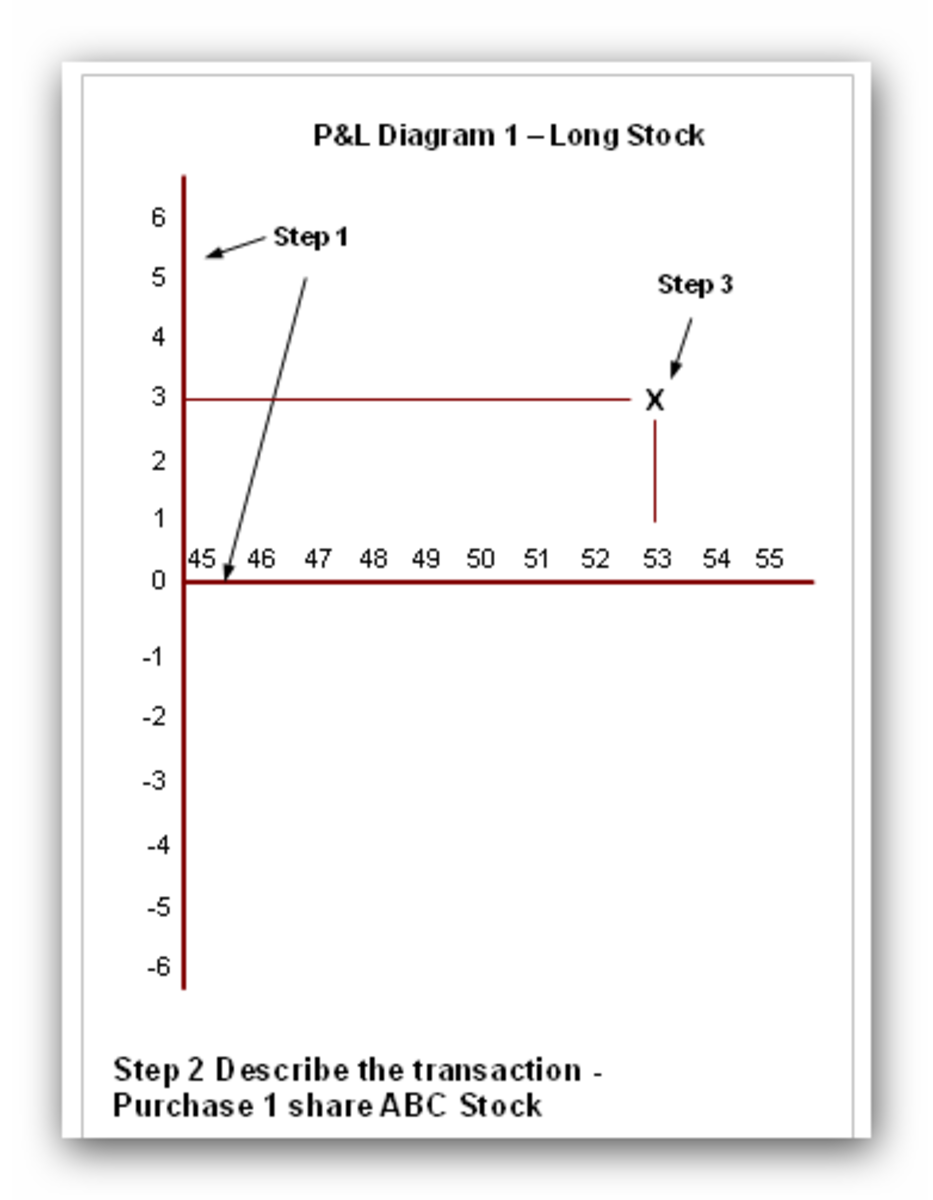Going Short and Going Long
Going Short and Going Long
Many new stock and commodity traders can get confused when they’re first attempting to learn the difference between going short and going long. It’s no wonder, because the jargon of the investment world can really sound nonsensical to a person who is just starting out, but once you get the hang of it, you’ll realize that it’s really no big deal. One thing I’ve learned just from living life is that every new skill, field, or genre has its own vocabulary, and once you learn the vocabulary of that field, the whole thing comes together for you and begins to make sense. So when we’re dealing with the words “short” and “long” in the trading world (whether it be stocks, commodities, options, or whatever), we’re basically talking about what’s known as market bias. The definition of market bias (or market sentiment) is basically your opinion of what the market will or will not do. If you believe that a particular stock is going to go up, you have what’s known as a “bullish” opinion of that stock. If you believe the price of a given stock is going to go down, you have what’s known as a “bearish” market sentiment. This should call to mind the famous Wall Street images of bears and bulls and so forth. Anyway, most traders will base their trades on their market sentiment or market bias, and when they do, they will enter a trading position that corresponds with that opinion. Having a bullish bias means that you believe the price of a stock is going up, so you would definitely want to buy stocks if this is the case. Buying stocks in anticipation of the stock’s price rising is termed “going long”. I don’t know if it has any correlation to someone throwing a Hail Mary on the football field, but it is called “going long”. Although you would say that you’re “going long” on a particular stock, once you actually buy the stock and are currently in the position, you would now say that you are “long XYZ stock”—you drop the “going” once you’ve bought the stock. For example, if you bought 100 shares of Google’s stock (ticker: GOOG), you would simply say “I’m long 100 shares of Google”. Yeah, it sounds goofy, but that’s the terminology that you use. If you say practically anything else, you’re going to sound like a noob.

Going Short in Trading
By the same token, “going short” means you’re selling stock in anticipation of the stock’s price falling, so you can then buy the shares back for less than you sold them for. If I just completely confused the crap out of you, read my hub on how to short a stock; it will explain this process a little better. Anyway, “going short” means you think that the price of the stock will fall, so you enter the market in a “short” position, meaning that you sell the stock. So to simplify things, long = buying and short = selling. But again, “long” and “short” are mainly terms that reveal market bias, market perspective, or market sentiment. As another example, if you were going short on Google’s stock, once you placed the order and officially entered the position, you would say “I’m short 100 shares of Google”—again, leaving out the “going”. Now there is a little bit of confusion about this topic when it comes to trading options, because you can buy a call option (which means you expect prices to rise), or you can buy a put option (meaning you expect prices to fall), but because both transactions require you to buy the option, you are “long” a call or “long” a put. Again, long = buying, and it requires capital outlay; short = selling, and it does not usually require any capital outlay, but it may require you to have a certain amount of cash (or cash equivalents) in your account as “margin” in case the trade goes sour. Conversely, if you were selling options, you could be selling a call or selling a put, but you would still be considered as holding a “short” position, because both transactions are initiated by selling the option. Understanding going long and going short in options is a little more confusing, because options are always a representative of the underlying security, but they are not the security itself, and that can open up a whole other can of worms insofar as understanding going short and going long is concerned. But hopefully this hub has made some basic sense of the difference between going long and going short insofar as trading is concerned.









